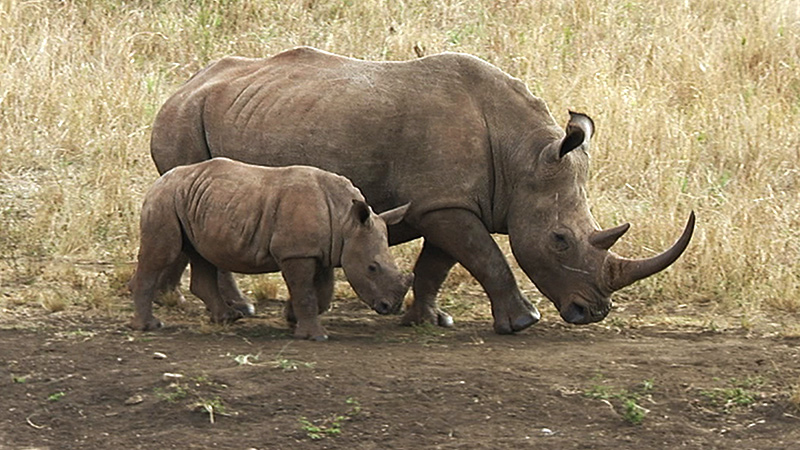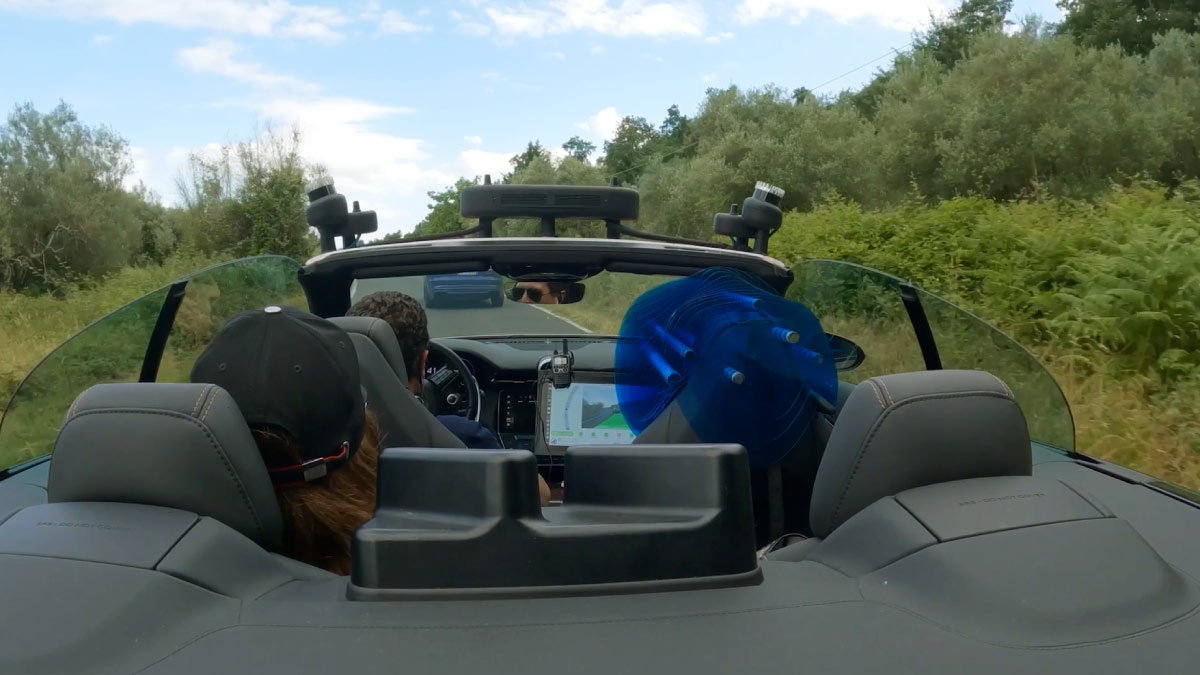Saving the rhino from extinction is a race against time. South Africa is losing the emblematic mammals at a rate of three a day, one every eight hours, to poachers. And beating the poachers means having to move fast. Very fast.
Illegal rhino hunters can get in and out of a reserve in half an hour. Wardens admit that by the time they hear a shot, it’s usually too late. The wardens need a way to spot poachers on the way in, rather than chasing them on the way out.
To solve the problem, Bruce Watson, Dimension Data’s group executive for the Cisco Global Alliance, has led a project to see if technology could help save rhinos in a private reserve next to Kruger National Park.
His team placed networked imaging devices around the perimeter of the reserve, providing an early warning system to alert wardens of unauthorized entrants. The project has proved a success. “It’s one of the most exciting things I’ve ever done,” says Watson. “If we can stop rhino poaching then, hopefully, we can stop all forms of poaching,” he says.
We need to act quickly, though. Nature is under attack. Since 1970, scientists say humans have wiped out 60 percent of all mammals, birds, fish, and reptiles. The world is losing species at a rate that threatens our own presence on the planet.
But new technology can help stop species from extinction. Enrico Di Minin, a researcher at the University of Helsinki, is using artificial intelligence, or AI, to combat the online illegal trade in endangered species and their products.
The World Wildlife Fund for Nature says illegal wildlife trade is the second-biggest threat to wildlife after habitat loss.
It affects 110 million tons (100 million tonnes) of fish, 486,000 tons (440,000 tonnes) of plants and 1.5 million live birds a year. Cracking down on this trade is not easy, though.
The organizations tasked with fighting the illegal trade are often stretched. And traders do their best to fly under the radar. One way to catch them is to trawl through online content in search of posts that show traders are at work.
Even this is a big task, though. “Going through the content manually is time consuming and expensive,” Di Minin says.
There are hundreds of thousands of posts a day on social media. Most have nothing to do with trading in species or wildlife products. So, to whittle down the volume, Di Minin is training AIs to pick out the content that is most open to doubt.
This, then, can be passed onto the people tasked with tackling trading, cutting the amount of work they have to do and boosting their chances of stopping the trade. Di Minin and his colleagues are developing a free version of the AI tool that enforcement agencies can use.
See also: Positive change: What Cisco is doing in South Africa
One of the big problems in keeping wildlife alive is knowing exactly how many are in existence. Since many creatures prefer to hide when people are around, tracking wildlife often involves camera traps, where motion sensors help capture photos of species.
Until now, though, identifying the animals in the photos was something that only humans could do, and it was time consuming.
Jeff Clune, Harris Associate Professor at the University of Wyomingand a senior research manager at Uber’s Artificial Intelligence Labs, is aiming to change the picture by training AIs as species spotters.
Using Serengeti snapshot data from a platform called Zooniverse, Harris and his team found AI could handle 99.3 percent of photos just as well as a human could. And it could get through the whole Serengeti data set almost eight and a half years more quicklythan human teams.
But what about species that don’t often stroll through traps? Many birds, for instance, spend their time hidden in treetops. Bats, meanwhile, come out a night, when they are hard to see. Catching a glimpse of these creatures is hard. Working out what species they are is harder.
Here again, though, AI could help. Instead of scanning photos, AI can be taught to tell bat calls or bird songs apart. This means an AI could tell what species are present in a forest just from a recording.
And not just species, says Dr. Oliver Ratmann, a lecturer in statistics at Imperial College London’s Department of Mathematics. “There is substantial application of AI approaches to identify and characterize animal species,” he says.
“What is really exciting is to take this work to the next level,” he says. Can we use these approaches to accurately characterize not just species, but also distinct sub-populations, and animal vocabulary?"
Gaining such insights would help work out not just what species are present in each place, but also how separated animals are from others, and for understanding animal communication more generally. The systems to do this already exist. Pressing them into use is a matter of time. And for many species, time is running out.
###
The contents or opinions in this feature are independent and may not necessarily represent the views of Cisco. They are offered in an effort to encourage continuing conversations on a broad range of innovative technology subjects. We welcome your comments and engagement.
We welcome the re-use, republication, and distribution of "The Network" content. Please credit us with the following information: Used with the permission of http://thenetwork.cisco.com/.




